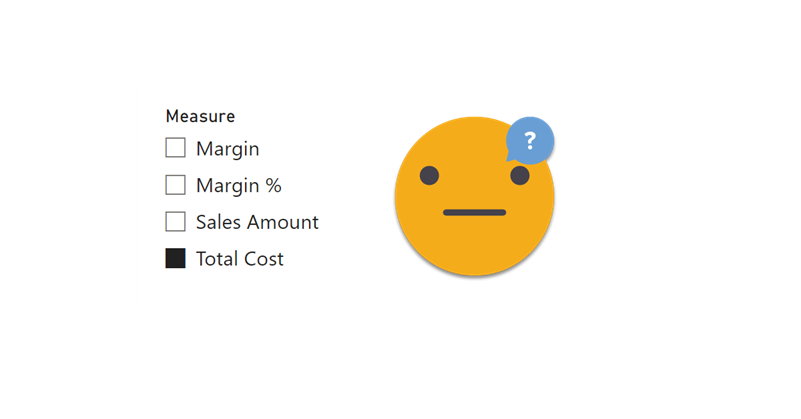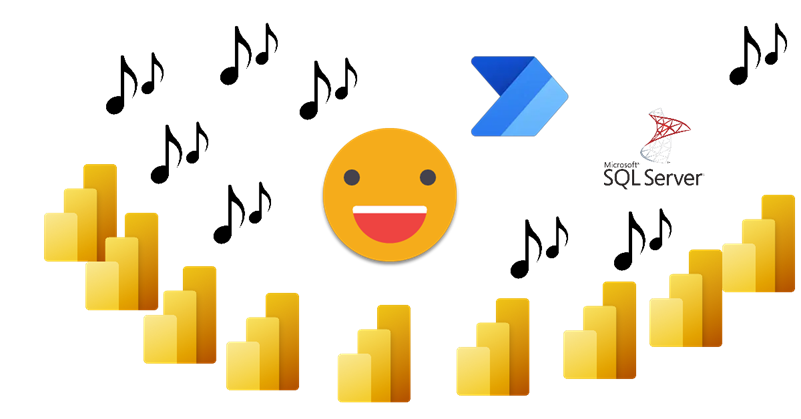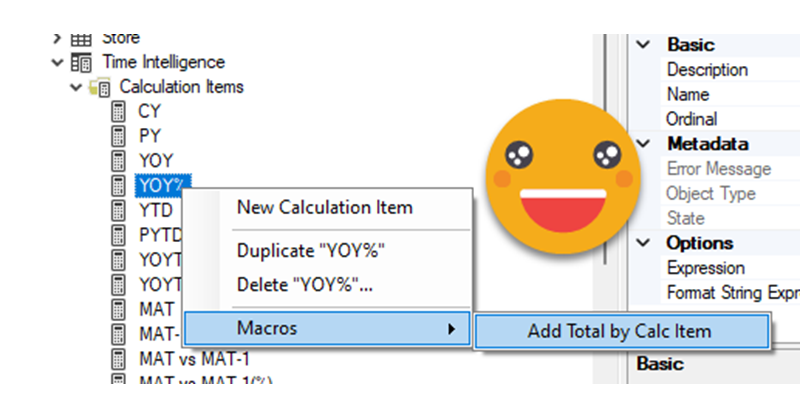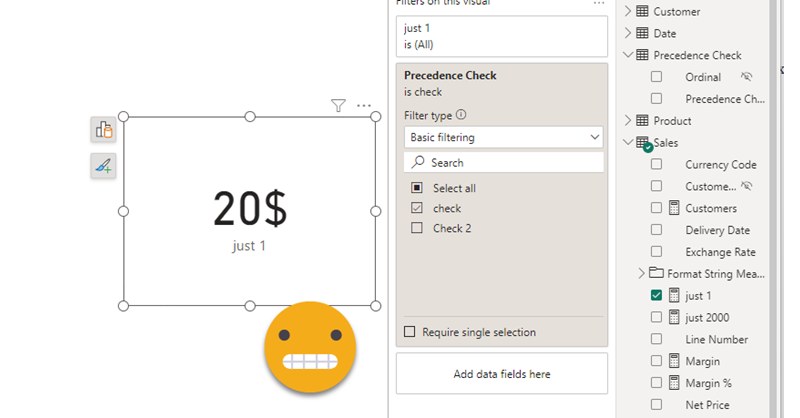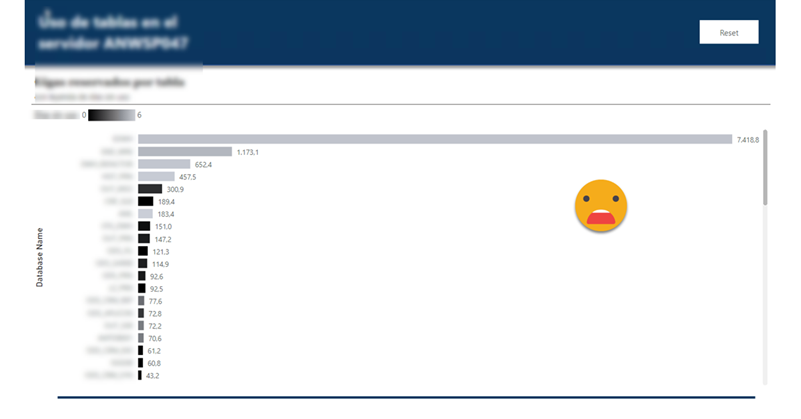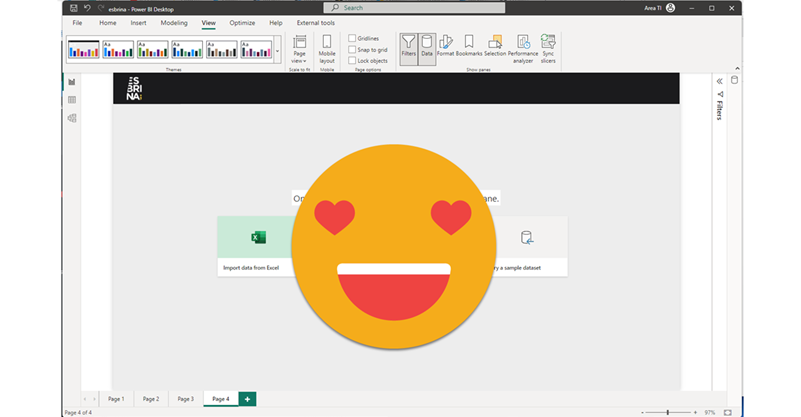Hello hello, today is C# again. As you know I do like C# scripts for Tabular Editor, as they allow us to automate stuff around Editor, which in turn allow us to do things faster than in Power BI Desktop, so it’s like a super power on top of a super power. In my previous post on the topic, I talked about using a custom class to be able to reuse code, making your scripts, shorter to write, and more robust, as you can put all the bells and whistles once in you custom class and reuse forever. That approach is awesome, but it had still two remaining aspects preventing larger adoption. One is that the set up as a bit of a pain. And the other is that copying the code to tabular editor is not as fast as one would like. You need to select the code of the macro, then the custom class, then fix all the external references at the top, etc. Well, today I’ll talk about a repository that will allow you to start coding in almost no time, and a script that will copy any of the macros of your Visual Studio file *along with the custom class code* and even combining all the external references of both the macro and the custom class. How cool is that?!
Continue Reading..
